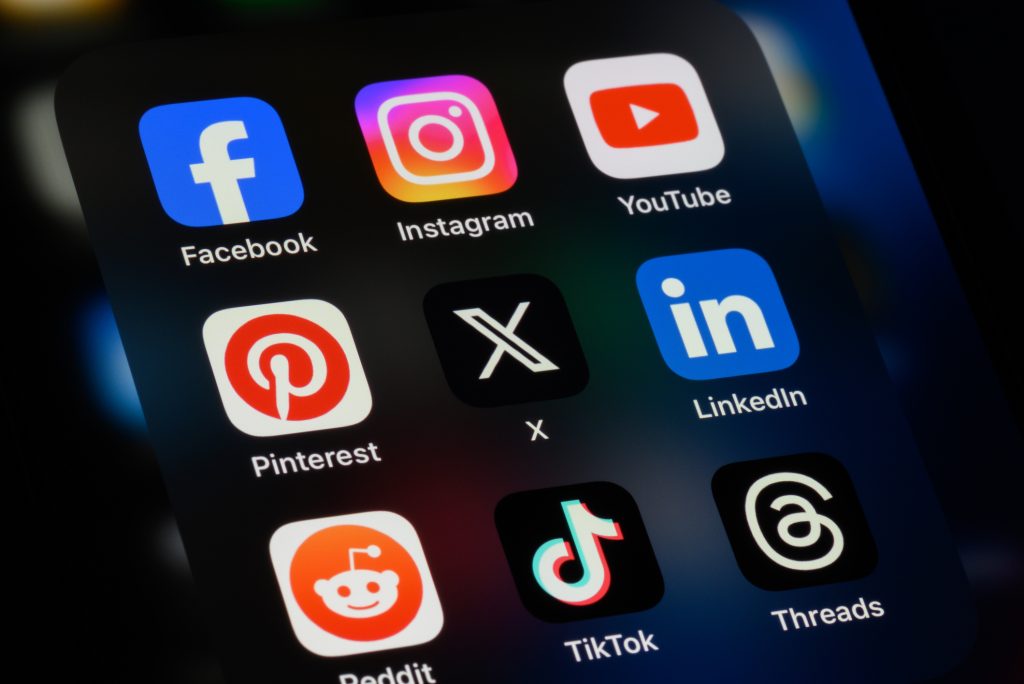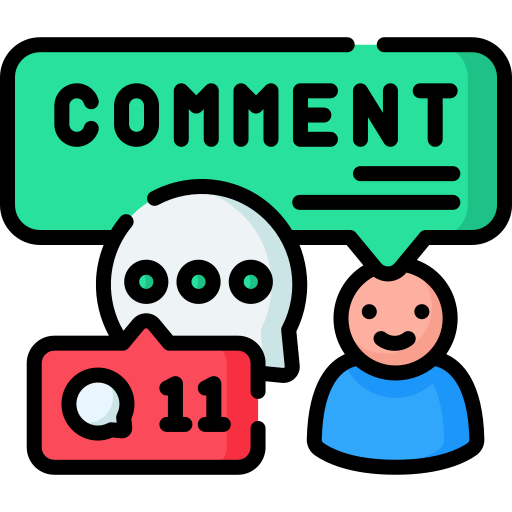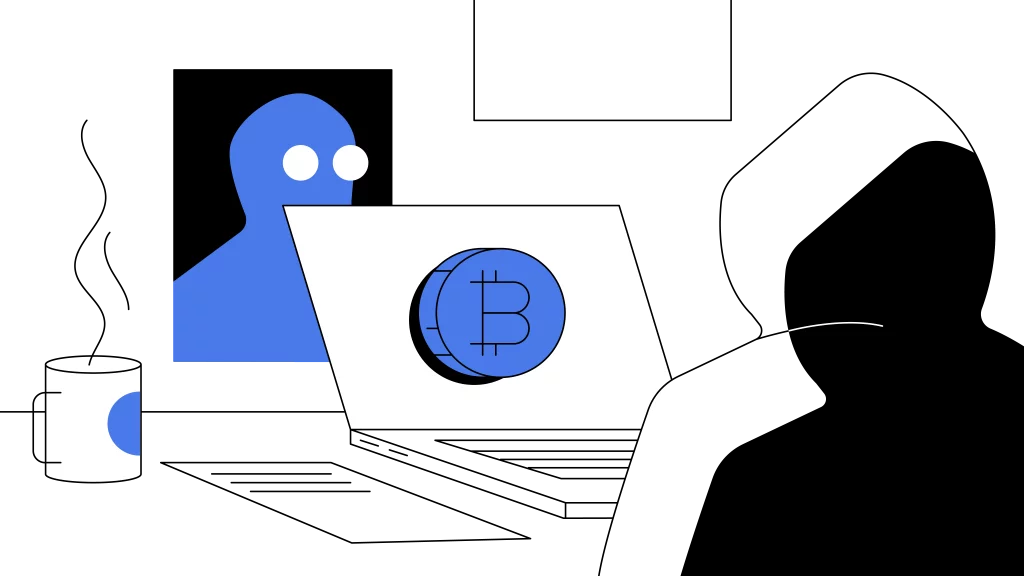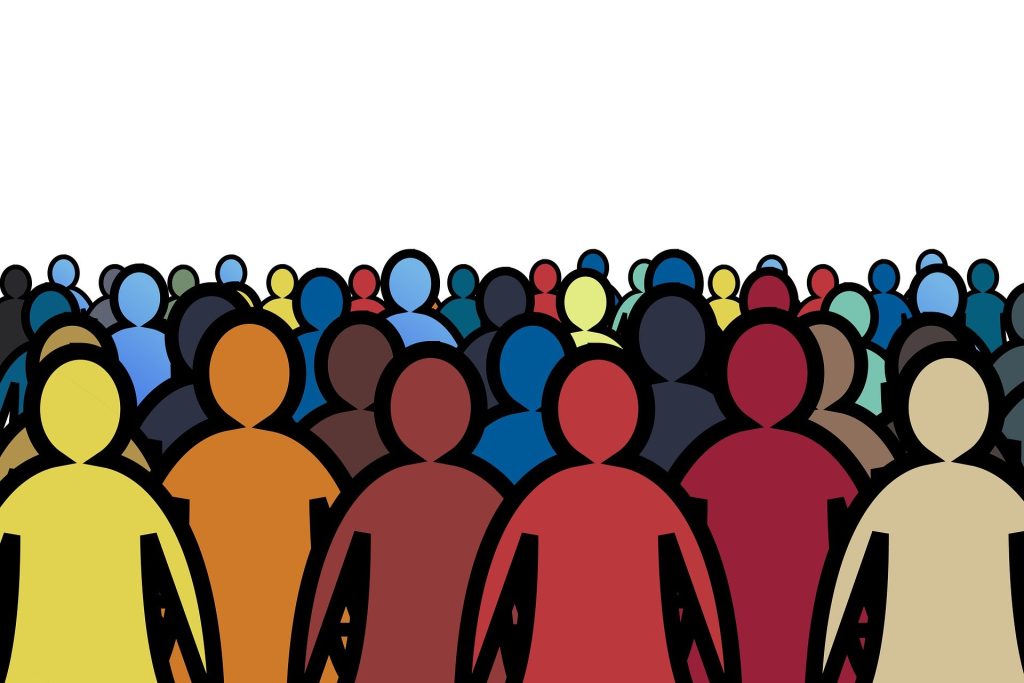To give a brief explanation of the concept, it basically refers to the ways in which individuals present, develop, and shape their image on the internet. Since the internet has provided vast opportunities for people to create their identities. But how exactly do people create it? There are a few methods of constructing identity on the internet.

For starters, Self-Presentation and Curation is one of the easiest theories to understand identity construction. Digital platforms offer tools for users to post their photographs and text based on their own choices. Therefore, Self-presentation is often deliberate, influenced by how users want to be perceived by others. Such as, on Instagram or Twitter, what people post on the internet might not be what they really are in real life.

Digital platforms offer tools for users to post their photographs and text based on their own choices. Therefore, Self-presentation is often deliberate, influenced by how users want to be perceived by others. Such as, on Instagram or Twitter, what people post on the internet might not be what they really are in real life.
It is also simple to illustrate the Construction of identity by Behavioral Patterns and Digital Footprint. This means how users usually engage with content, such as the types of posts they like, the tone they use in comments, or the frequency of interactions. This gives a brief image of the person to another user. Additionally, digital footprints mean the trail of data left from online activity accumulates over time. Gives a more comprehensive picture of a personŌĆÖs online identity.

Anonymity and Pseudonymity are common features of how people create their identities. This is based on how Digital spaces allow anonymity or pseudonymity to allow users to explore different aspects of their personalities and likes. For example, some people on the internet prefer to use a picture of an animal character as their head portrait. This gives them more choices to become on the internet. Furthermore, screen names users use on the internet can be more than their real names, it provides them with lots of free choices.
The Cultural and Societal also have a huge Influences on Digital identities. For example, some social movements, popular figures, or collective online behaviors can make most users adopt or reject some behavior. Digital identity can affect peopleŌĆÖs societal expectations. As a result, contributes to both personal identity development and broader digital culture.

On the other hand, the future of the Construction of identity in a digital world is also likely to change in multiple ways based on the effects of advancements in technology, changing societal norms, and increased awareness around privacy and authenticity.
In conclusion, the Construction of identity in a digital world can be referred to as how a person represents himself in the digital world. It can be shown as usernames, browsing history, medical records, and so on. There are a few methods that can illustrate or affect this feature, including Self-Presentation and Curation, Behavioral Patterns and Digital Footprint, Anonymity and Pseudonymity, and Cultural and Societal. In addition, the Construction of identity in a digital world can also be changed in the future for a series of reasons, including technological innovation, societal norms, and changes in awareness around privacy and authenticity.


Hello, I really enjoyed your article! It provides a detailed discussion on various aspects of identity construction in the digital world, effectively explaining how people use digital platforms to shape and express their self-image. Additionally, it offers insightful perspectives on how technological advancements and changes in societal norms might influence identity construction in the future.
After reading your article, I became curious about the motivations behind these phenomena. For instance, why do people choose to use anonymity or pseudonyms in certain contexts? Is this choice driven by a desire to hide their real identity, express different opinions, or start fresh in a new community? I would love to discuss further the psychological motivations behind anonymity and identity masking.
I also think it could be valuable to include specific examples or data to illustrate how users on different platforms construct their identities in various ways. For example, comparing different types of platforms could help analyze the differences in how they influence user identity presentation and construction. Thank you for sharing!
After reading this article, I learned about the multiple aspects of identity construction in the digital world, including self-presentation, digital footprint, anonymity and cultural influence, which gave me a deeper understanding of online identity.